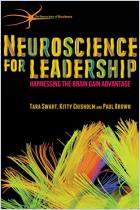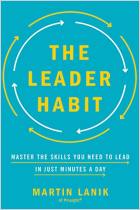
Recommendation
When it comes to changing the behaviors that can hold you back as a leader, it takes more than just learning new information. Amanda Blake, Richard Strozzi-Heckler and Staci K. Haines of the Strozzi Institute explore what science reveals about the importance of “social, emotional and biological learning,” and offer practical examples of “feeling, centering,” and “presence” in action to illustrate how a biologically-based “somatic” approach can help create better leaders. getAbstract recommends this report to those interested in leadership development techniques.
Summary
About the Authors
Amanda Blake, Richard Strozzi-Heckler, PhD, and Staci K. Haines are members of the Strozzi Institute, which is dedicated to creating leaders who embody wisdom, skillful action and grounded compassion.


















Comment on this summary or 开始讨论